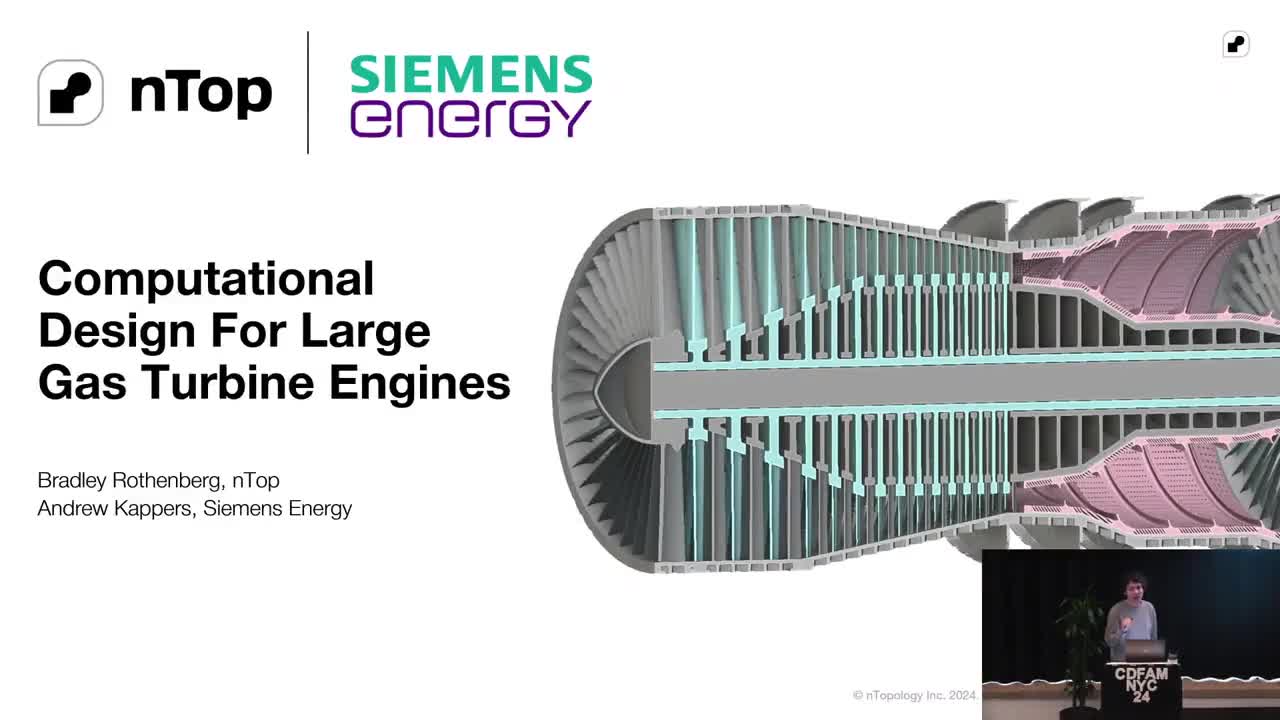Impact resistant bio-structures

Written by Matt Shomper | Additive Medical Engineering Director, Tangible Solutions
Published on April 6, 2020
Taking a look at what nature can teach us about mitigating collisions. The third NFL Helmet Challenge DfAM eSeries Guest Blog
With the prevalence of engineering design and materials development at the forefront of additive manufacturing, there is still a lot to learn from nature when it comes to the design of advanced components. When accounting for strength-to-weight ratio, biological structures often vastly exceed man-made material impact resistance even when compared to the most cutting-edge research out there. The structural principles that define these biological "armors" are profound and groundbreaking. But there is a modeling limitation on these structures - how do you utilize current tools to define these structures in 3D for use? Up until now researchers have used computational modeling to evaluate certain biological structures, but usually this is for a one-off test or visualization. The use of such structures as applied to commercial applications has been limited by the current software and modeling technology. In my webinar, I step through several biological structure examples – the telson armor of the mantis shrimp, the specialized bones of the bighorn sheep – and analyze how they provide an unprecedented amount of impact resistance.

The analysis of these creatures’ biological structures offers us a glimpse into how we might borrow design elements to better resist impacts.
But understanding how these structures look is only the first (and easiest in some respects) part of the problem. I then move into the complex computational modeling of these structures as periodic (i.e., repeatable) implicit elements that can be readily used to fill 3-Dimensional spaces (such as football helmets, body armor, etc.) at any scale – without sacrificing speed of use or quality.

Computational modeling of the mantis shrimp’s telson armor allows for its application in impact-resistant.
The modeling of these structures also accounts for a wide range of user inputs so as to be infinitely controllable. The webinar will include some finite element analysis of the structures to show their superiority over commonly used 3D lattices. I hope you tune in to see how we are utilizing these advanced computational structures to truly push the limits of what is possible.

Matt Shomper
Additive Medical Engineering Director, Tangible Solutions
Matt is an innovative engineering leader with a strong interest in next-gen and upcoming technologies and is keeping on the forefront of additive and materials advancement in his field. He is currently building and leading a world-class, highly technical engineering department in the additive manufacturing space. With many cleared medical devices released into the field now residing in numerous patients worldwide, Matt has proficient skill in developing solutions quickly and effectively to provide the most cost-effective solution in the shortest amount of time.




